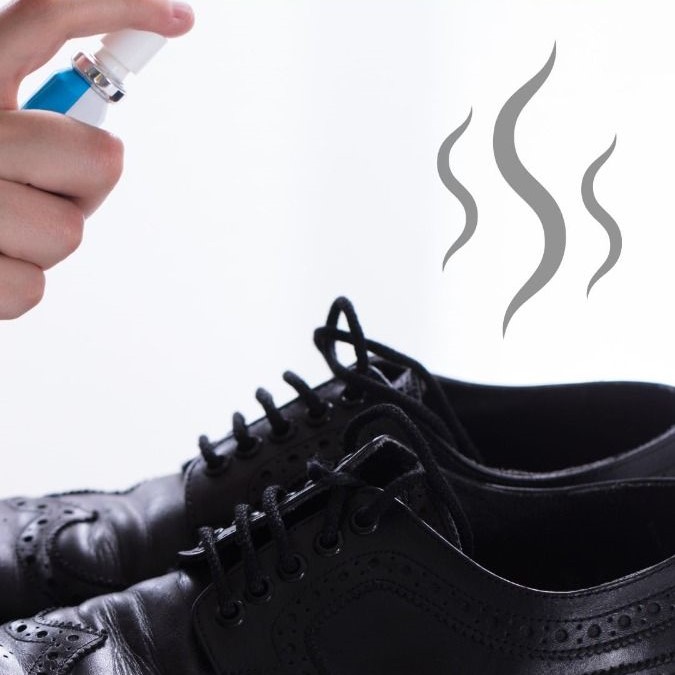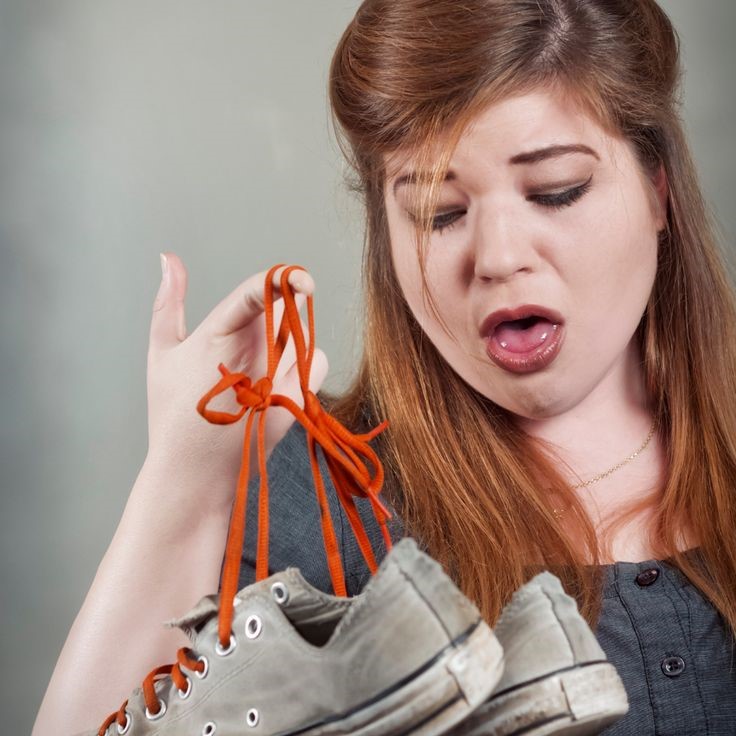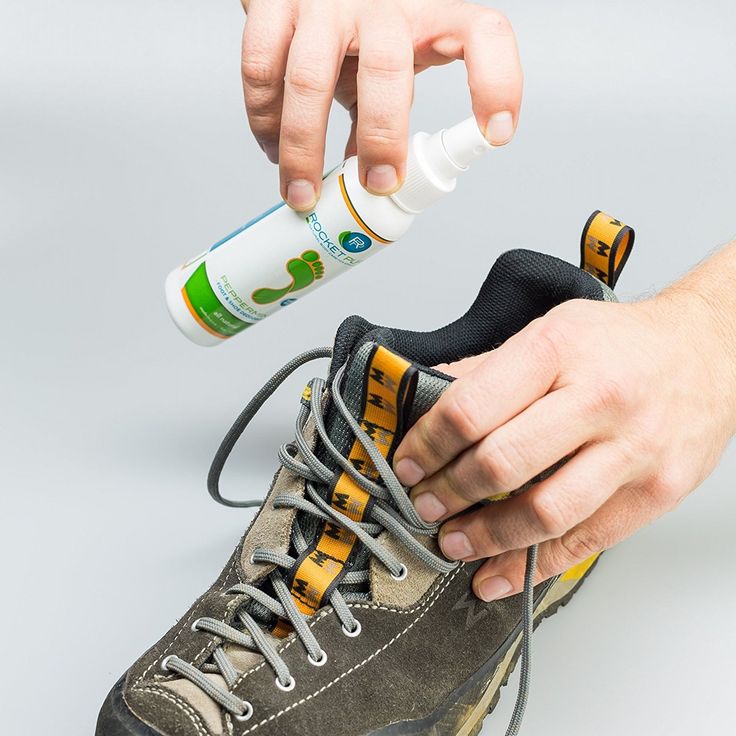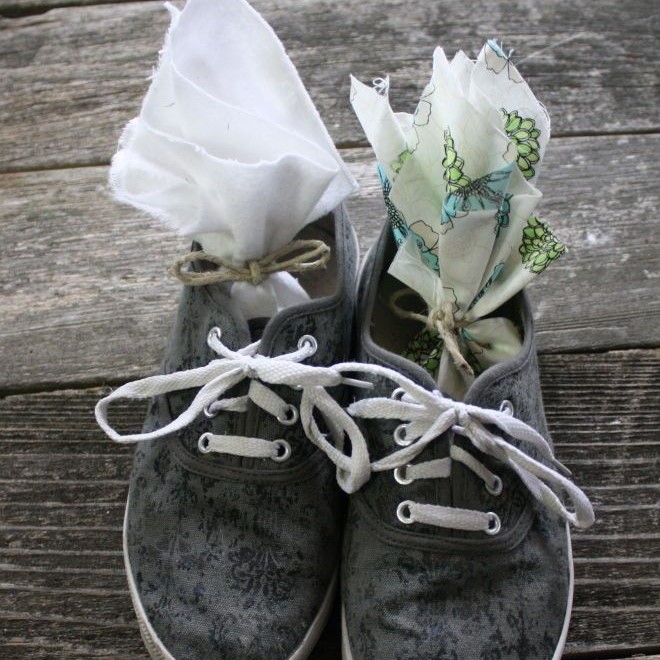Introduction: Understanding Stinky Shoes and Their Causes
Have you ever slipped on your favorite shoes only to be greeted by an unpleasant odor? If the answer is yes, you’re not alone. Many individuals face the persistent issue of stinky shoes, which can be both embarrassing and uncomfortable. The good news is that there are effective ways to combat these odors. In this guide, we’ll explore how to fix stinky shoes properly, ensuring that your footwear remains fresh and inviting.
Stinky shoes are often a result of bacteria, sweat, and moisture trapped inside the shoe. Factors such as material, shoe ventilation, and daily wear contribute to odor accumulation. However, understanding these causes is the first step in effectively addressing the problem. In this article, we will provide you with practical methods and tips to eliminate shoe odors, allowing you to wear your shoes comfortably and confidently. Let’s dive into the various techniques available to help you tackle this common issue.

Common Causes of Shoe Odor
Before exploring solutions, it is essential to understand the root causes of shoe odor. Identifying these factors can help in preventing them in the future.
1. Sweat and Moisture
Our feet naturally produce sweat, especially during physical activities. When sweat gets trapped in the shoes, it creates an ideal environment for bacteria to thrive, leading to unpleasant smells.
- Breathable Materials: Shoes made from synthetic, non-breathable materials tend to hold more moisture. Opting for shoes with breathable mesh or leather can help reduce sweat buildup, keeping your feet drier.
- Socks Matter: Choosing the right socks is also important. Wearing cotton socks absorbs moisture better than synthetic ones, preventing sweat from lingering inside your shoes and contributing to odors.
2. Bacteria Growth
The bacteria that thrive in warm and damp environments create the foul odors associated with stinky shoes.
- Bacteria Types: Certain types of bacteria break down sweat and skin cells, releasing odorous compounds as byproducts. This process can occur over time, particularly if shoes are worn frequently without adequate cleaning.
- Daily Habits: Not allowing shoes to dry out between wears can increase bacteria development. It’s important to air out shoes regularly, giving them a chance to breathe and dry completely.
3. Environmental Factors
Humidity and temperature play significant roles in shoe odor.
- Weather Influence: Hot and humid weather can intensify foot sweating and encourage bacteria growth. Conversely, cold conditions can keep moisture trapped in shoes, exacerbating the issue.
- Storage Conditions: Storing shoes in dark, damp places can also lead to bad odors. Aim to store shoes in well-ventilated areas, away from direct moisture sources.
Effective Methods to Fix Stinky Shoes
Now that we understand the causes, let’s explore various effective methods on how to fix stinky shoes.
1. Regular Cleaning Routine
A consistent cleaning regimen is crucial for reducing odors.
- Deep Cleaning: Start by removing the insoles and laces, if possible. Machine-wash them if the care label allows it. For the shoe itself, use a damp cloth and mild soap to wipe the interior. Regularly scheduled cleanings can prevent odors from developing in the first place.
- Natural Ingredients: Using baking soda or vinegar can also help neutralize odors. Sprinkle baking soda inside the shoes and leave it overnight to absorb moisture and odors. Vacuum it out in the morning for fresh-smelling shoes.
2. Odor-Fighting Inserts
Inserts designed specifically for combating odors are widely available.
- Foot Odor Guards: Invest in odor-fighting insoles made from materials such as activated charcoal or gel. These materials absorb moisture and neutralize odors effectively, helping to keep your shoes fresher for longer.
- Drying Inserts: Some inserts feature moisture-wicking properties that keep the interior of the shoe dry throughout the day. This can significantly reduce the development of odors.
3. Natural Deodorizers
Common household items can be used to combat shoe odors effectively.
Baking Soda
- Powerful Odor Absorber: Baking soda, also known as sodium bicarbonate, is widely recognized for its ability to absorb odors effectively. Its chemical properties allow it to neutralize bad smells rather than simply masking them.
- Easy Application: To use baking soda for eliminating odors in shoes, simply sprinkle a small amount inside each shoe. Ensure that you cover the insole and areas where odors are most likely to accumulate.
- Leave Overnight: Allow the baking soda to sit inside the shoes overnight. This duration gives it ample time to absorb moisture and neutralize unpleasant odors.
- Simple and Cost-Effective: Baking soda is an affordable household item that doesn’t require any special tools or techniques to use. It provides a straightforward solution for anyone looking to remove odors without spending a lot of money.
- Post-Use Cleanup: The next day, remove the baking soda by shaking the shoes upside down or using a vacuum with a brush attachment. This step ensures your shoes not only smell fresh but also doesn’t have any residual powder left inside.
Essential Oils
- Adding a Pleasant Scent: Essential oils like tea tree oil and lavender are known for their aromatic properties. They can create a pleasant scent in your shoes while also providing anti-bacterial benefits.
- DIY Spray Solution: To apply essential oils, mix a few drops (about 5–10) of your chosen oil with water in a spray bottle. This mixture helps diffuse the oil evenly throughout the shoe, resulting in a fresh aroma.
- Lightly Spray the Interior: Lightly spritz the inside of your shoes with the essential oil mixture. Be careful not to saturate the material, as excess moisture can create new odors or damage the shoe.
- Benefits of Tea Tree Oil: Tea tree oil is known for its antifungal and antibacterial properties, making it a great choice for combating not just odors but also bacteria that can cause foot infections.
- Using Lavender for Relaxation: Lavender essential oil not only offers a pleasant scent but is also known for its calming properties. Using it in your shoes can provide an aromatherapeutic effect, making your footwear experience more enjoyable.
Cedar Shoe Trees
- Maintaining Shoe Shape: Cedar shoe trees are designed to insert into your shoes when they are not in use. They help maintain the original shape of the shoes, preventing creasing and deformation.
- Absorbing Moisture: Cedar wood is naturally absorbent, which means that cedar shoe trees can help draw moisture out of your shoes. This is particularly beneficial if you wear them regularly, as moisture can lead to odors and deterioration of materials.
- Eliminating Odors: In addition to maintaining shape, cedar has the added bonus of neutralizing odors. Its natural properties help keep shoes smelling fresh by absorbing odors as well as moisture.
- Easy to Use: To use cedar shoe trees, simply insert them into your shoes after wearing them. Leave them in until you wear the shoes again. This practice can prolong the life and freshness of your footwear.
- Aesthetic Appeal: Cedar shoe trees not only provide practical benefits but also add an element of class to your shoe storage. Their rich wood grain and pleasant cedar scent make them an attractive addition to any closet.
DIY Solutions for Odor Removal
For those who enjoy DIY methods, there are several solutions to try for fixing stinky shoes.
1. Make Your Own Spray
Creating a simple homemade spray can be effective.
- Ingredients: Combine equal parts of water and white vinegar in a spray bottle. Optionally, add a few drops of essential oil for fragrance.
- Application: Lightly spray the inside of the shoes and allow them to air dry. The vinegar neutralizes odors, while the essential oils leave a pleasant scent behind.
2. Freeze Your Shoes
This unconventional method is surprisingly effective for killing odor-causing bacteria.
- How It Works: Place your shoes in a plastic bag and leave them in the freezer overnight. The cold air kills the bacteria responsible for the odors and ensures your shoes smell fresher.
- Return to Room Temperature: After freezing, let the shoes come back to room temperature before wearing them again to avoid discomfort.
Preventing Future Odors
Taking proactive steps can greatly reduce the chances of shoe odor returning.
1. Rotate Shoes
Avoid wearing the same pair of shoes every day. Allowing each pair to rest for at least 24 hours helps them dry completely and reduces moisture buildup.
- Shoe Rotation Strategy: Having multiple pairs of shoes you enjoy can make it easier to rotate them regularly. This will not only help maintain their condition but also provide variety in your wardrobe.
2. Use Foot Powder
Applying foot powder can help absorb moisture on your feet before you put on your shoes.
- Types of Foot Powder: Choose powders that have absorbing and antibacterial properties to keep your feet dry and odor-free throughout the day. This is particularly important for those with sweaty feet.
3. Choose the Right Materials
When purchasing new shoes, consider materials that promote breathability.
- Breathable Fabrics: Shoes made from fabrics such as mesh or suede often offer better ventilation compared to synthetic options. This can help manage moisture and prevent odors.
Conclusion: Say Goodbye to Stinky Shoes
In conclusion, knowing how to fix stinky shoes is essential for any shoe lover. By understanding the causes of odor, employing effective cleaning methods, and implementing preventive measures, you can keep your footwear fresh and inviting.

Whether it’s through DIY solutions or investing in specialized products, taking proactive steps will help maintain your shoes and ensure that unpleasant odors don’t become an ongoing issue. Embrace these tips with confidence, and say goodbye to stinky shoes for good! With the right methods in your arsenal, you can enjoy comfy, odor-free footwear every day.
By being knowledgeable and diligent about shoe care, you can extend the life of your favorite pairs and keep your feet feeling fresh and odor-free. Don’t let stinky shoes impact your footwear experience; follow these guidelines and reclaim your confidence!


